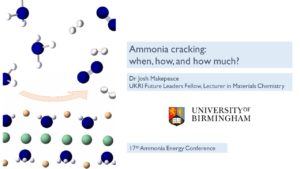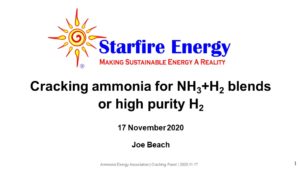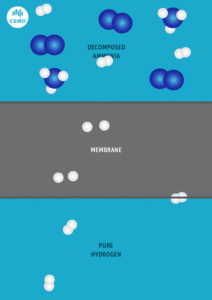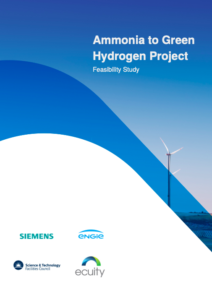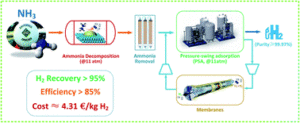Ammonia Energy Live April: low-carbon innovation at Hazer Group
This April we presented a new episode in our monthly webinar series: Ammonia Energy Live. Every month we’ll explore the wonderful world of ammonia energy and the role it will play in global decarbonisation - with an Australian twist. For this episode we welcomed Geoff Ward, CEO of the Hazer Group. Hazer has been steadily developing their novel methane pyrolysis technique in Western Australia with a new low-carbon hydrogen production facility to begin construction later this year. Geoff joined us to reflect on Hazer’s journey so far, familiarise our audience with their processes and give his thoughts on what needs to be put in place for similar decarbonisation projects to succeed. And - of course - we asked Geoff where ammonia fits into Hazer’s future plans! Geoff was interviewed by Andrew Dickson (Development Manager of the Asian Renewable Energy Hub at CWP Global), and Darren Jarvis (Vice President of Strategic Project Development at Incitec Pivot).


